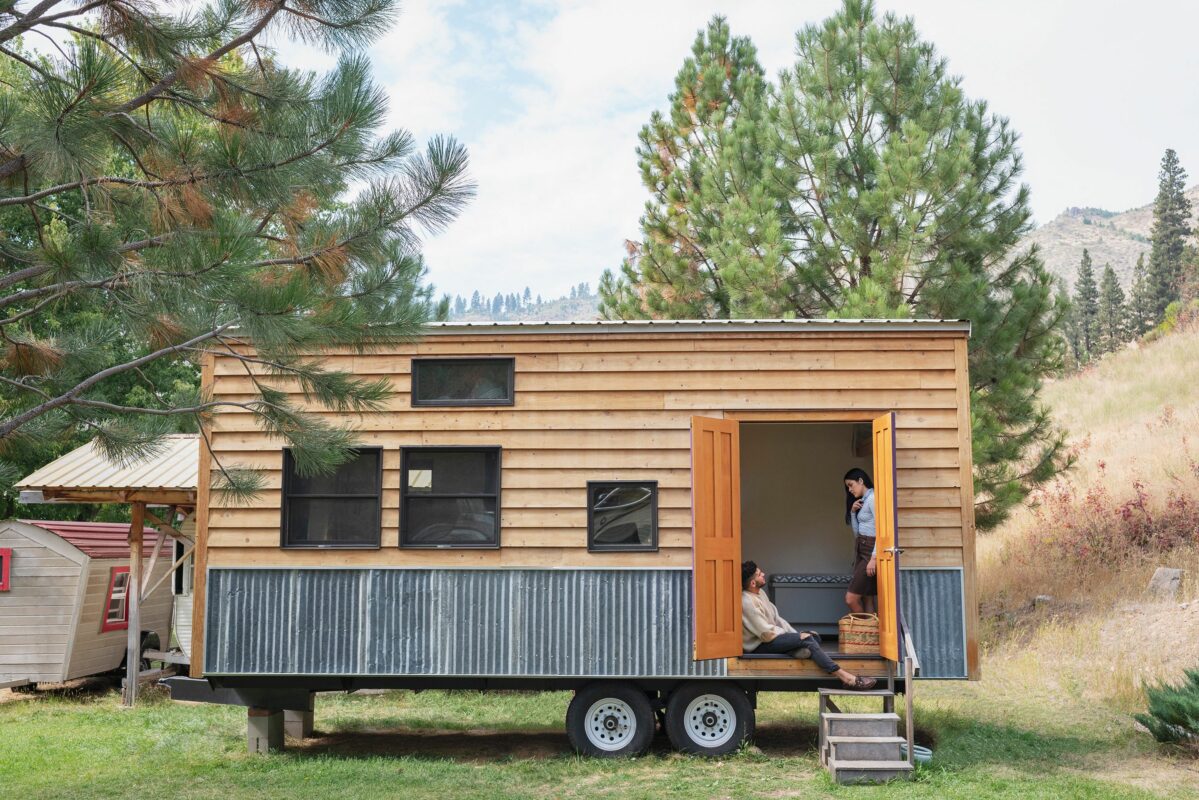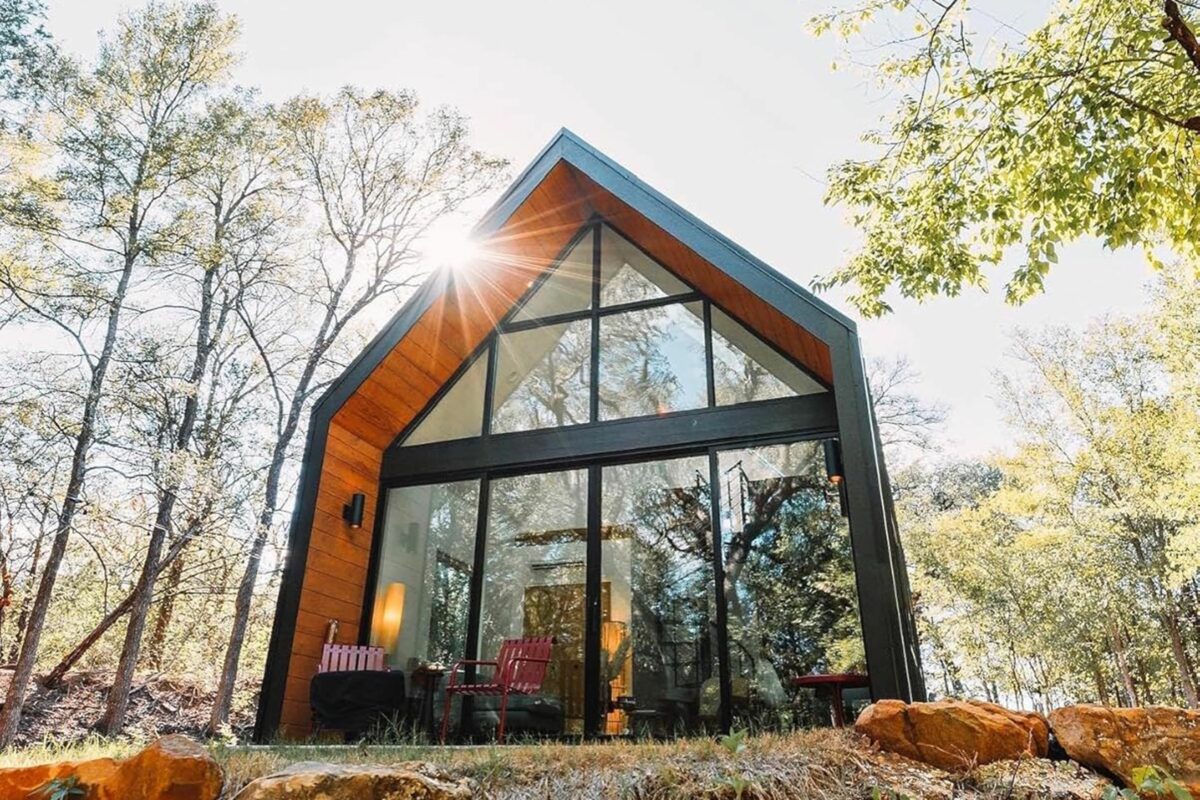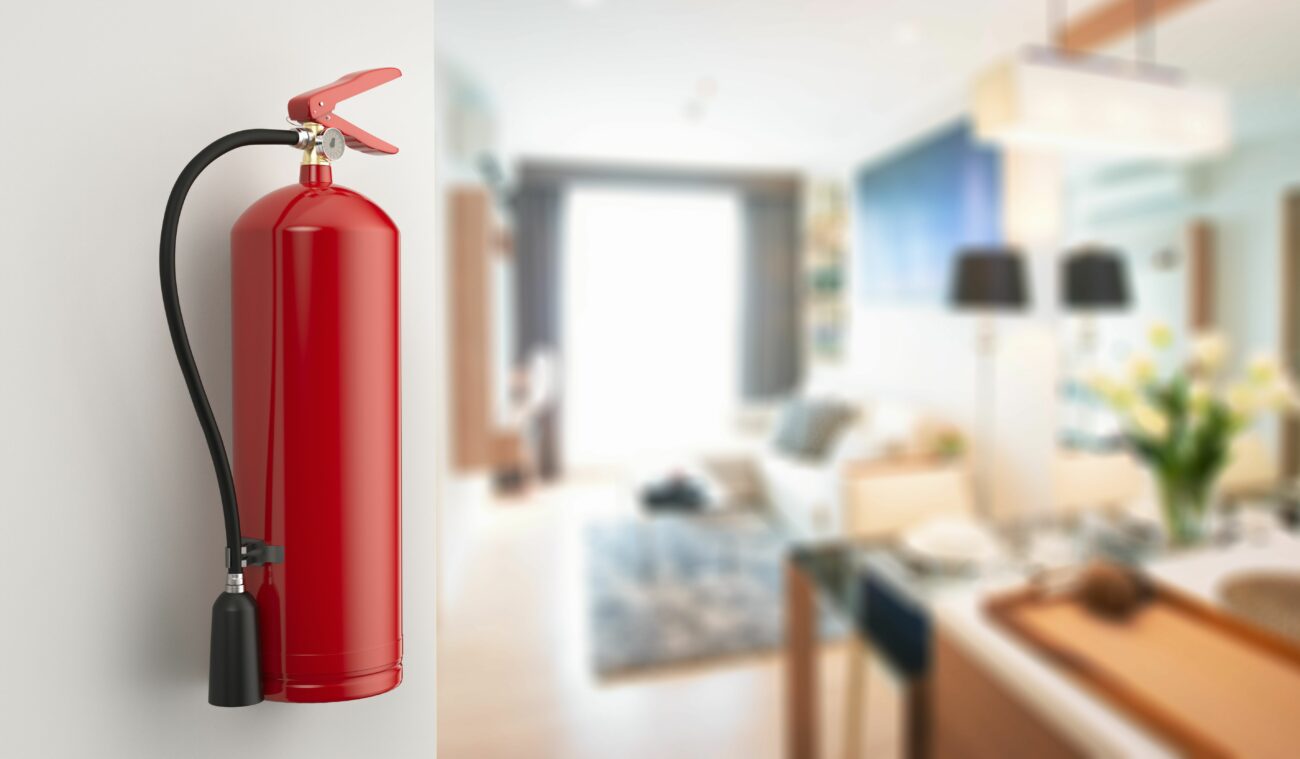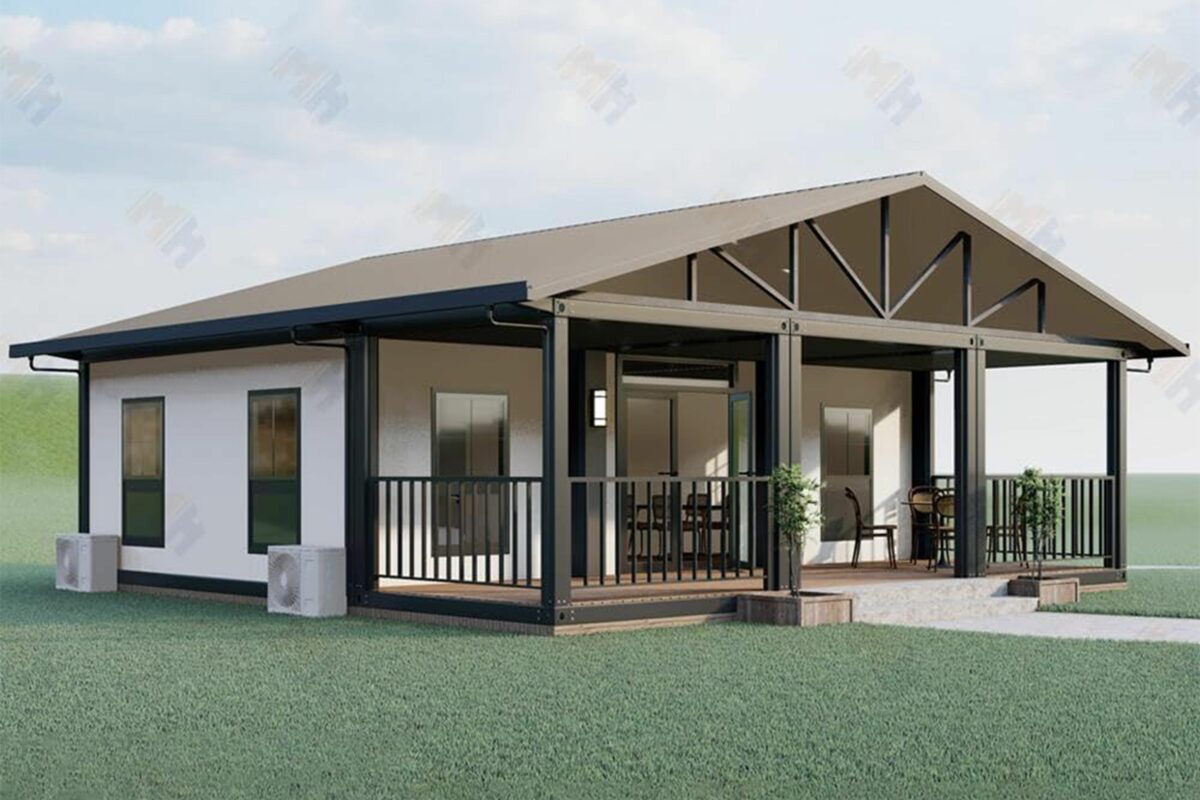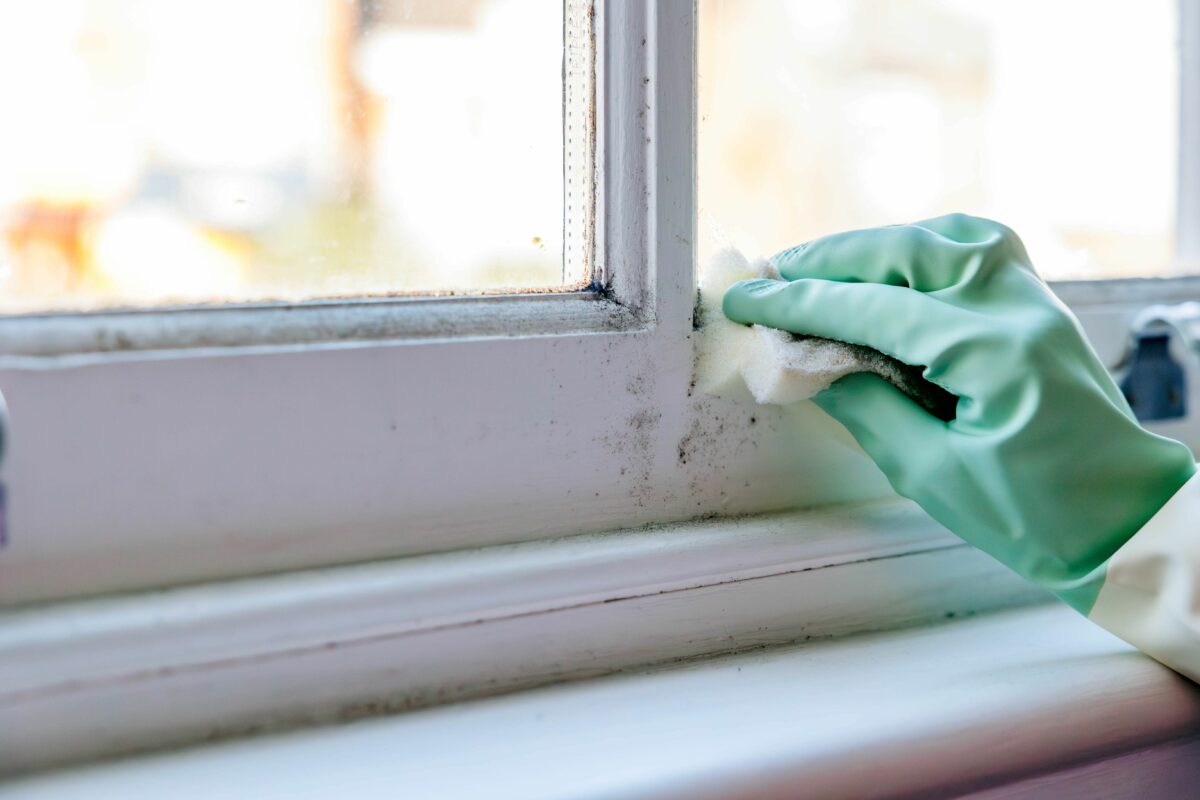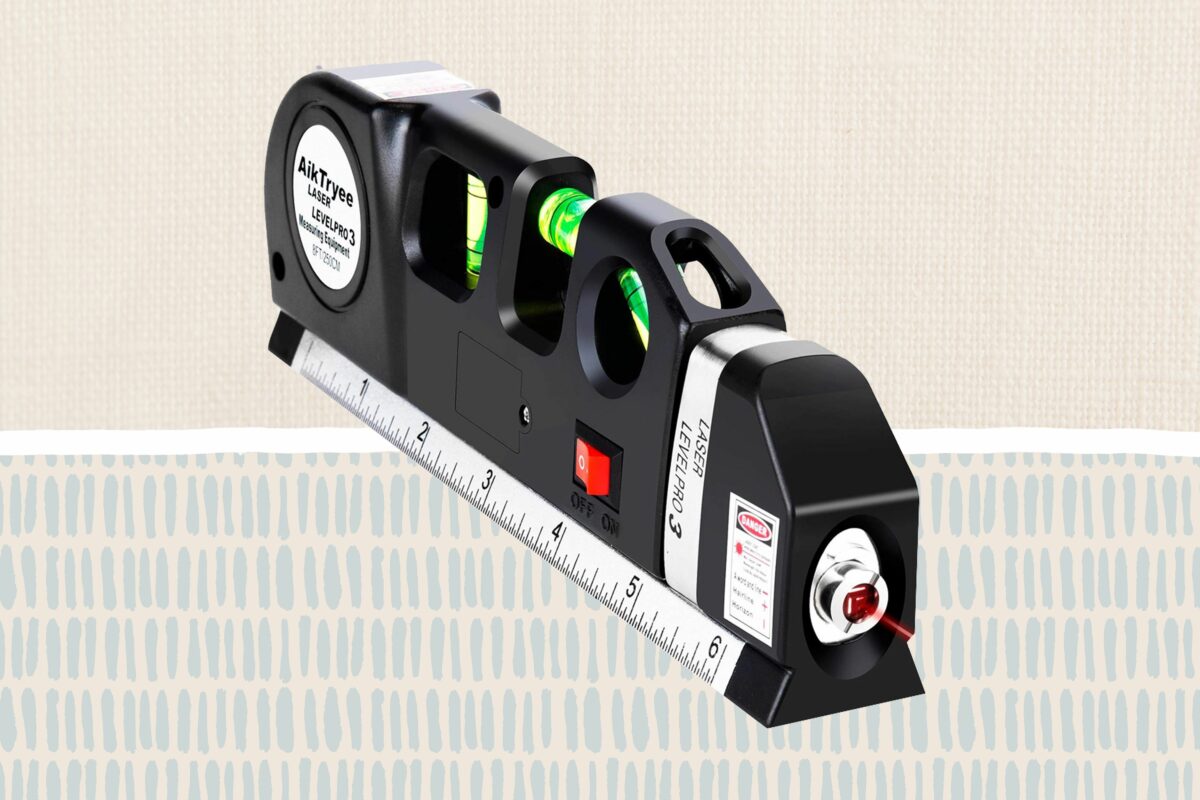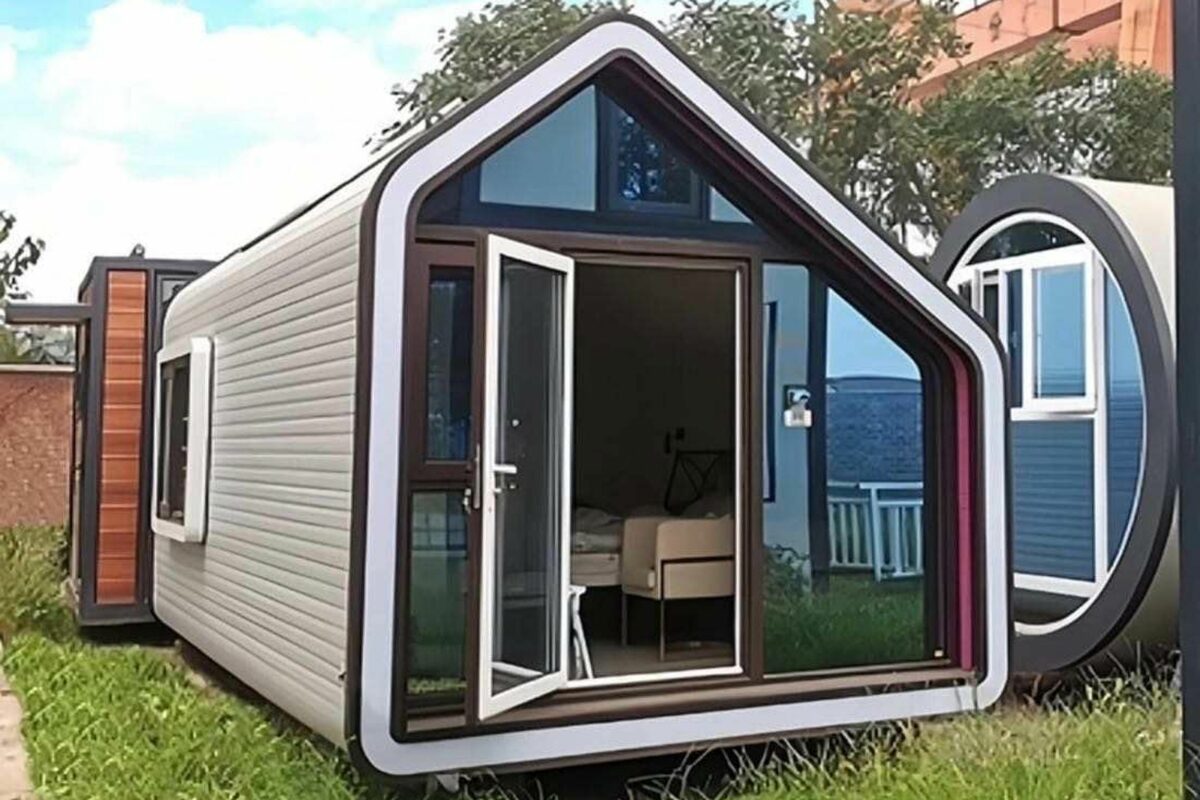A home’s foundation, walls, and roof should be constructed and maintained to prevent water from entering. However, some areas are more prone to flooding than others, especially during spring when snow melts. When flooding occurs, excess water may seep into the basement of a home, causing water damage to vulnerable items or surfaces.
Ideally, a home will incorporate a drainage system that slopes away from the house to prevent rain and meltwater from accumulating in the soil around the foundation. A sump pump also protects the home in case of flooding. Use this guide to learn about sump pumps and determine if you need one for your home.
What Is a Sump Pump?
A sump pump is an appliance that pumps water out of a home. It is usually installed in a home’s basement, though it can also be installed in a crawl space or cellar under the house. A sump pump sits inside a pit cut into the floor. The pit is lower than the floor’s surface, so when water begins to fill the pit, it is pumped out of the home by the sump pump before it can flood the basement, crawl space, or cellar.
The operation of a sump pump depends on the type, but most have a switch that automatically detects the water level and activates the unit when it reaches a predetermined point. This allows the unit to pump the excess water out of the home through a discharge line.
How a Sump Pump Works
A sump pump accomplishes its task using water sensors, a pumping mechanism, and a discharge line. Typically, a float switch rises with the water level in the sump pump pit. When the water reaches a specific level, it triggers the float switch, activating the sump pump motor.
The sump pump then pumps the water in the pit through a discharge line to the outside of the home to a drainage space to avoid flooding, water damage, and mold growth. Usually, the sump pump receives power directly from the home’s electrical system through a wall plug or a wired cord. However, some sump pumps operate on battery power, making them a good backup option during an extended power outage.
Types of Sump Pumps
There are two primary types of sump pumps and two types of backup sump pumps to choose from when deciding if this appliance is necessary for your home.
Pedestal Sump Pump
Pedestal sump pumps were the most commonly used option before submersible sump pumps became popular. This type of sump pump sits on a pedestal, which keeps the motor out of the water, making it a good choice for deep, narrow sump pits. Since pedestal sump pumps are not surrounded by water, they tend to be louder and overheat quicker than submersible pumps.
Submersible Sump Pump
Submersible sump pumps are the go-to choice for a primary sump pump system. The entire unit is placed below water at the base of the sump pit, reducing the noise it makes while also helping keep the motor cool. This sump pump design is more powerful than a pedestal sump pump and takes up less space in the basement.
Water-Powered Backup Sump Pump
Water-powered backup sump pumps don’t rely on electricity to operate. Instead, they use the home’s municipal water pressure to create a vacuum that draws water up from the sump pump, like a siphon. It then discharges the water outside the home. However, this type of pump can significantly increase the home’s water usage, leading to increased water bills. For this reason, some cities do not allow the use of water-powered backup sump pumps.
Battery-Operated Backup Sump Pump
Battery-operated backup sump pumps are a common option for added protection during an extended power outage. The sump pump uses an internal battery to power a motor that pumps water out of the home, even if the municipal electrical lines are down. Homeowners must replace or recharge the batteries after use to keep the backup system viable for future emergencies.
Benefits of a Sump Pump
There are many benefits to investing in a sump pump, especially if your home is prone to flooding or you live in an area with frequent storms. A sump pump defends the home against flooding and protects the floors, walls, furniture, appliances, and other items that might otherwise sustain water damage. Additionally, by preventing water from seeping into the home, the sump pump reduces the risk of mold, mildew, and fungus growth and discourages termites and other pests from invading.
Installing a sump pump in a home that has not previously had flood protection can improve indoor air quality, make the basement feel drier and more comfortable, and might be a necessary addition to meet the requirements for homeowners insurance coverage. By preventing flooding, the sump pump helps keep the foundation intact and extends the life of the home.
What to Consider When Choosing a Sump Pump
When deciding on the right pump for the home, several factors must be considered, including the type of pump, its size, the type of housing, and whether you should invest in a backup sump pump as well. For the primary sump pump, most homeowners choose a submersible sump pump with a plastic housing that can remove water at a rate of about 1,800 to 2,200 gallons per hour.
However, if your home has a deep, narrow sump pit, then a submersible sump pump may not fit, so you need to purchase a pedestal sump for the primary sump pump. Cast-iron and stainless steel housings offer a higher level of durability than plastic, although they come at a higher cost. Similarly, the higher the rate of water removal, the more expensive the sump pump. If you live in a flood-prone area, such as near a river, lake, or another large body of water, a high-power sump pump that can remove 3,000 to 5,000 gallons per hour might be worth the investment.





